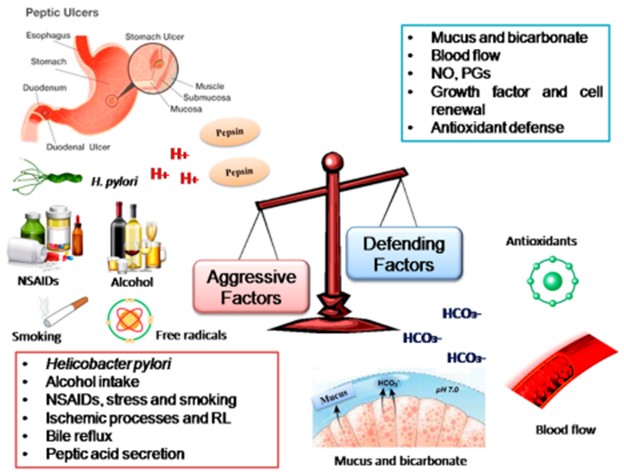A charge nurse planning care for a group of clients is delegating tasks to an assistive personnel (AP). Which of the following tasks should the nurse delegate to the AP?
Administer an enteral feeding to a client who has a new gastrostomy tube.
Measure the output from a client's indwelling urinary catheter.
Evaluate a client's pain level 30 min after receiving an oral analgesic.
Reinforce foot care to a client who has a new diagnosis of diabetes mellitus.
The Correct Answer is B
Measuring the output from an indwelling urinary catheter is within the scope of practice for an assistive personnel (AP). It involves a straightforward task that does not require specialized nursing knowledge or judgment.
The other tasks mentioned should not be delegated to an AP:
Administer an enteral feeding to a client who has a new gastrostomy tube: Administering enteral feedings requires specialized knowledge and training to ensure proper placement and administration. This task should be performed by a licensed nurse.
Evaluate a client's pain level 30 min after receiving an oral analgesic: Evaluating pain level and the effectiveness of pain management requires nursing assessment and judgment. This task should be performed by a licensed nurse.
Reinforce foot care to a client who has a new diagnosis of diabetes mellitus: Providing education and reinforcing foot care to a client with a new diagnosis of diabetes requires
specialized knowledge about the disease and its management. This task should be performed by a licensed nurse.
Nursing Test Bank
Naxlex Comprehensive Predictor Exams
Related Questions
Correct Answer is ["A","D"]
Explanation
From the given statements, the nurse can identify the following statements as indicating the effectiveness of cimetidine treatment:
"I don't have as much heartburn after I eat anymore.": Cimetidine is a histamine-2 receptor antagonist commonly used to reduce stomach acid production. Decreased heartburn after eating suggests that the medication has been effective in reducing excessive acid production and relieving heartburn symptoms.
"I can sleep while lying flat again.": Cimetidine can help alleviate symptoms of gastroesophageal reflux disease (GERD) by reducing stomach acid. Improved ability to sleep while lying flat suggests that the medication has successfully reduced acid reflux and related symptoms.
The following statements do not directly indicate the effectiveness of cimetidine treatment: ● "I noticed that I have had less urge to smoke lately."
● "I occasionally have stomach pain and dark stools."
● "I have not been as dizzy as I was before."
These statements may be unrelated to the effects of cimetidine or may require further assessment to determine their significance. It's important for the nurse to address any concerns or symptoms mentioned by the client and evaluate their overall response to the medication
Correct Answer is C
Explanation
Ibuprofen is a nonsteroidal anti-inflammatory drug (NSAID) that can increase the risk of developing peptic ulcers. It can cause irritation and damage to the lining of the stomach and small intestine, leading to the formation of ulcers.

The other options may not directly contribute to the development of peptic ulcers:
History of bulimia: While repeated vomiting can irritate the esophagus, it is less likely to directly cause peptic ulcers.
Consuming spicy foods 5 to 8 times weekly: Spicy foods can exacerbate the symptoms of existing peptic ulcers, but they are not considered a direct risk factor for their development.
Drinking green tea: Green tea is generally considered to have health benefits and is not known to be a risk factor for peptic ulcers.
Whether you are a student looking to ace your exams or a practicing nurse seeking to enhance your expertise , our nursing education contents will empower you with the confidence and competence to make a difference in the lives of patients and become a respected leader in the healthcare field.
Visit Naxlex, invest in your future and unlock endless possibilities with our unparalleled nursing education contents today
Report Wrong Answer on the Current Question
Do you disagree with the answer? If yes, what is your expected answer? Explain.
Kindly be descriptive with the issue you are facing.
